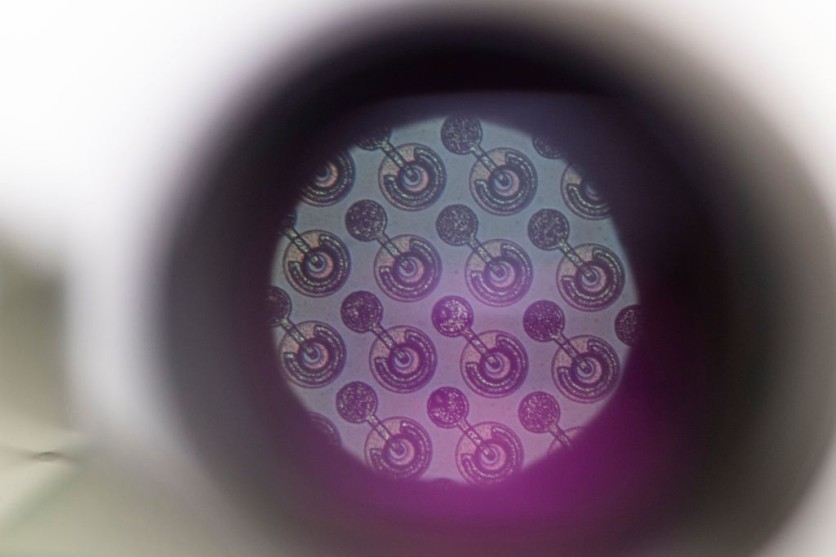Researchers from Duke University and Arizona State University have produced tiny nanoscale structures such as bowls, vases, and housewares.
However, these are no ordinary objects, for they are not made of wood or clay. Instead, they were designed out of DNA, forming into 3D objects with striking nanometer precision.
These inventions show the potential of a new open-source software tool that enables users to convert rounded-shape drawings or digital models into DNA-based 3D structures, according to a report by Duke Today.

DNA Nanostructures
Raghu Pradeep Narayanan and Abhay Prasad, co-authors, constructed and visualized the DNA nanostructures in Arizona State professor Hao Yan's lab.
The diameter of each minuscule hollow object is less than two millionths of an inch. They could all fit on the head of a pin-more than 50,000 of them.
However, according to the researchers, these are not merely nano-sculptures. The program might enable scientists to design microscopic medication delivery systems or molds for casting metal nanoparticles with precise shapes for solar cells, imaging in medicine, and other uses.
The DNA genetic code consists of four letters or bases, which couple up in cells in a predictable manner to produce the rungs of the DNA ladder. The researchers have appropriated DNA's rigorous base-pairing requirements (A with T and C with G).
Then, they can train DNA strands to put themselves together into various shapes by creating strands with specified sequences.
The process involves folding one or several long sections of single-stranded DNA with the help of a few hundred small DNA strands that bind to complementary sequences on the long strands and attach them in place.
DNAxiS
Dan Fu, a Ph.D. candidate at Duke, created a program called DNAxiS to accomplish that. The software is based on a DNA-building method that Yan published in 2011.
It functions similarly to how clay coils are used to create pots by coiling a long DNA double helix into concentric rings that pile on top of one another to form the object's shape.
The researchers also made it possible to reinforce the structures with extra layers for greater stability.
Fu demonstrates the diversity of shapes they can take, including cones, gourds, and clover leaf patterns. DNAxiS is the first piece of software that enables users to create structures automatically by using algorithms to decide where to place the little DNA staples to join the longer DNA rings and secure the shape in place.
The researchers noted that it might be years before their DNA design software finds practical use in the lab or clinic. However, they believe it's a significant step toward developing automated designs with 3D structures.
Related Article : Bioscience Firm Insists They Can Bring an Extinct Mammoth Back to Resurrection by Leveraging DNA Technology with $15M Seed Fund

ⓒ 2026 TECHTIMES.com All rights reserved. Do not reproduce without permission.




